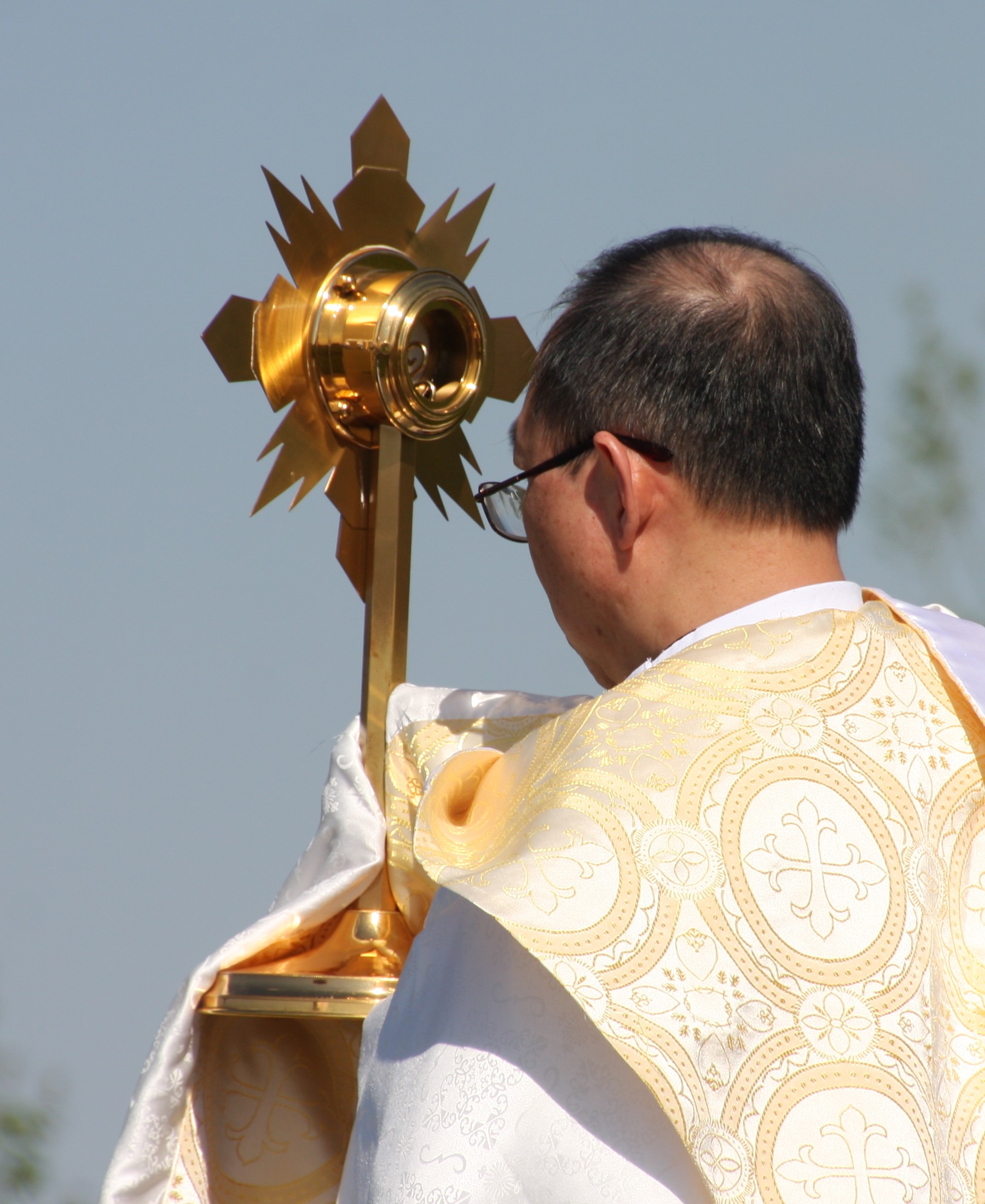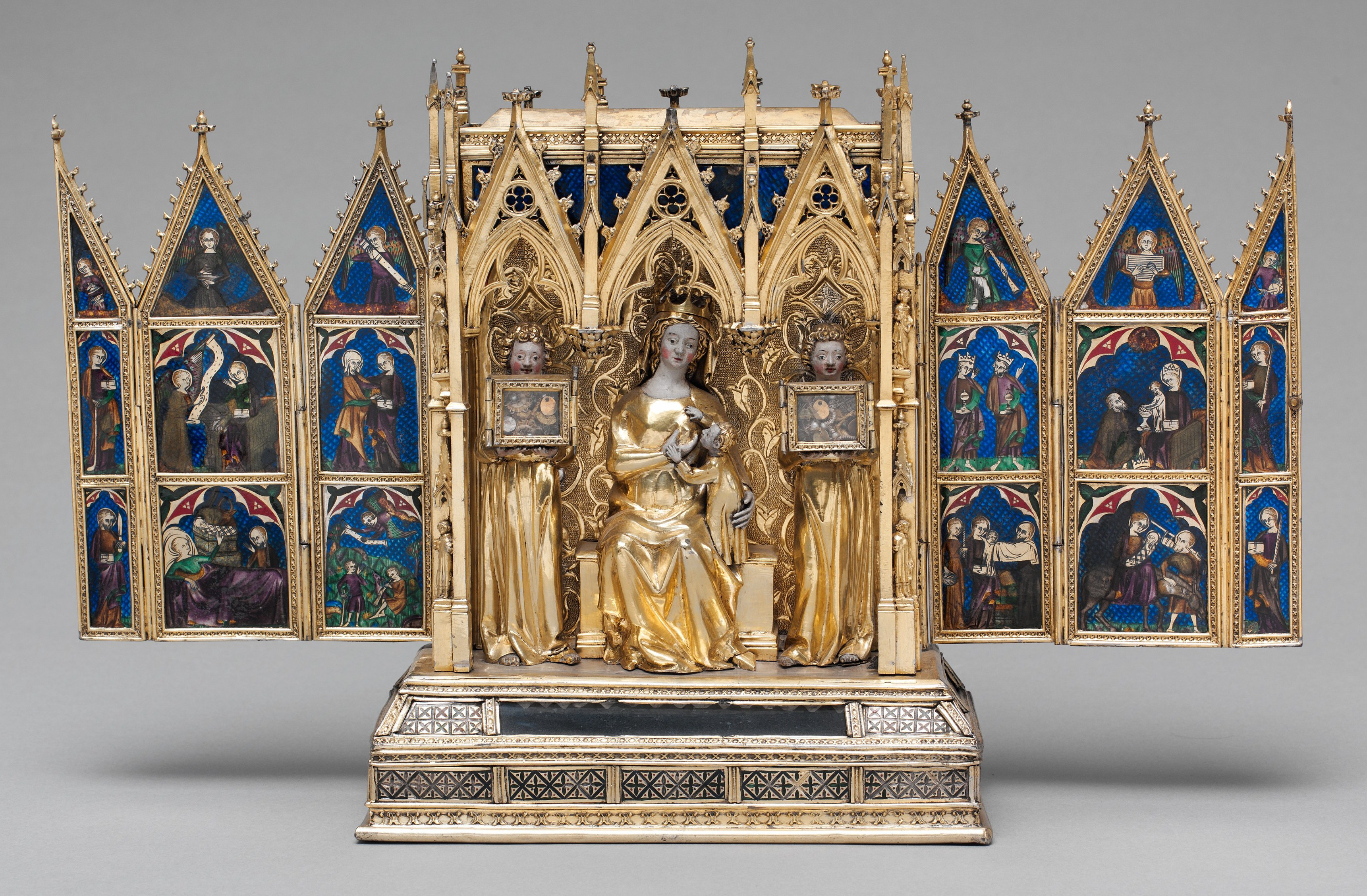|
Beaucroissant
Beaucroissant () is a commune in the Isère department in the Auvergne-Rhône-Alpes region of south-eastern France. The inhabitants of the commune are known as ''Manants'' or ''Manantes''. Geography Beaucroissant is located some 32 km south by south-east of Bourgoin-Jallieu and 25 km north-west of Grenoble. Access to the commune is by the D1085 road from La Frette in the north-west which passes through the commune just north of the village and continues east to Moirans. The D519 comes from Izeaux in the west and passes through the commune turning north to join the A48 autoroute at Exit . A railway from Le Grand-Lemps passes through the commune with a station in the village and continues north-east to Rives. Apart from the village there is the hamlet of Le Mollard. Apart from the large urban area of the village and Le Mollard the commune is mainly farmland. Toponymy Beaucroissant appears as ''Beaucroißant'' on the 1750 Cassini Map and as ''Beaucroissant'' on ... [...More Info...] [...Related Items...] OR: [Wikipedia] [Google] [Baidu] |
Communes Of The Isère Department
The following is a list of the 512 communes in the French department of Isère. The communes cooperate in the following intercommunalities (as of 2025):Périmètre des groupements en 2025 BANATIC. Accessed 28 May 2025. * Grenoble-Alpes Métropole * Communauté d'agglomération du Pays Voironnais * Communauté d'agglomération Porte de l'Isère * |
Communes Of France
A () is a level of administrative divisions of France, administrative division in the France, French Republic. French are analogous to civil townships and incorporated municipality, municipalities in Canada and the United States; ' in Germany; ' in Italy; ' in Spain; or civil parishes in the United Kingdom. are based on historical geographic communities or villages and are vested with significant powers to manage the populations and land of the geographic area covered. The are the fourth-level administrative divisions of France. vary widely in size and area, from large sprawling cities with millions of inhabitants like Paris, to small hamlet (place), hamlets with only a handful of inhabitants. typically are based on pre-existing villages and facilitate local governance. All have names, but not all named geographic areas or groups of people residing together are ( or ), the difference residing in the lack of administrative powers. Except for the Municipal arrondissem ... [...More Info...] [...Related Items...] OR: [Wikipedia] [Google] [Baidu] |
Renage
Renage () is a commune in the Isère department in southeastern France. Population See also *Communes of the Isère department The following is a list of the 512 communes in the French department of Isère. The communes cooperate in the following intercommunalities (as of 2025):Official site Communes of Isère Isère communes articles needing translation from French Wikipedia {{Grenoble-geo-stub ... [...More Info...] [...Related Items...] OR: [Wikipedia] [Google] [Baidu] |
Monstrance
A monstrance, also known as an ostensorium (or an ostensory), is a vessel used in Roman Catholic, Old Catholic, High Church Lutheran and Anglican churches for the display on an altar of some object of piety, such as the consecrated Eucharistic Sacramental bread (host) during Eucharistic adoration or during the Benediction of the Blessed Sacrament. A monstrance may also serve as a reliquary for the public display of relics of some saints."" New Advent Catholic Encyclopedia. Retrieved on 2014-11-16. The word ''monstrance'' comes from the word , while the word ''ostensorium'' comes from the Latin word . Either term, each expressing the concept of "showing", can refer to a vessel intended for the exposition of the < ... [...More Info...] [...Related Items...] OR: [Wikipedia] [Google] [Baidu] |
Reliquary
A reliquary (also referred to as a ''shrine'', ''Chasse (casket), chasse'', or ''phylactery'') is a container for relics. A portable reliquary, or the room in which one is stored, may also be called a ''feretory''. Relics may be the purported or actual physical remains of saints, and may comprise bones, pieces of clothing, or some object associated with saints or with other religious figures. The authenticity of any given relic is often a matter of debate; for that reason, some churches require documentation of a relic's provenance. Relics have long been important to Buddhism, Buddhists, Christianity , Christians, Hinduism , Hindus, and to followers of many other religions. These cultures often display reliquaries in shrines, churches, or temples to which the faithful make pilgrimages to gain blessings. The term is sometimes used in a looser sense to mean a container for the remains of any important figure, even non-religious ones. In particular, the kings of France often spe ... [...More Info...] [...Related Items...] OR: [Wikipedia] [Google] [Baidu] |
Mayor (France)
In France, a mayor (, ) is chairperson of the Municipal council (France), municipal council, which organises the work and deliberates on municipal matters. The mayor also has significant powers and their own responsibilities, such as the responsibility for the activities of Municipal Police (France), municipal police and for the management of municipal staff. The officeholder is also the representative of the Nation, state in the commune. As such, the mayor is a civil officer of the State (''Officier d'état civil'') and judiciary police officer (''Officier de police judiciaire''). The term period of office for a mayor is six years. Elections History From 1789 to 1799 municipal officials (mayors) were directly elected for 2 years and re-elected by the active citizens of the commune with taxpayers contributing at least 3 days of work to the commune. Those who were eligible could instead pay a tax equivalent to not less than 10 days of work. In 1799 the constitution of 22 Fri ... [...More Info...] [...Related Items...] OR: [Wikipedia] [Google] [Baidu] |
Bishop Of Grenoble
The Diocese of Grenoble–Vienne-les-Allobroges (; ) is a Latin Church diocese of the Catholic Church in south-eastern France. The diocese, erected in the 4th century as the Diocese of Grenoble, comprises the department of Isère and the former canton of Villeurbanne (Rhône), in the Region of Rhône-Alpes. In 2006, the name was changed from the diocese of Grenoble to the diocese of Grenoble–Vienne. The current bishop is Jean-Marc Eychenne, appointed on 14 September 2022. The diocese Before the French Revolution Grenoble was a suffragan diocese of the Archbishopric of Vienne, and included the deanery of Savoy. In 1779, the deanery was made a diocese in its own right, with the episcopal seat at Chambéry. Under severe pressure from First Consul Napoleon Bonaparte, Pope Pius VII issued the bull "Qui Christi Domini vices" on 29 November 1801. The bull first abolished all the metropolitan archdiocese and dioceses in France, and then recreated fifty of them, arranged in ten ... [...More Info...] [...Related Items...] OR: [Wikipedia] [Google] [Baidu] |
La Foire De Beaucroissant
LA most frequently refers to Los Angeles, the second most populous city in the United States of America. La, LA, or L.A. may also refer to: Arts and entertainment Music *La (musical note), or A, the sixth note *"L.A.", a song by Elliott Smith on ''Figure 8'' (album) * ''L.A.'' (EP), by Teddy Thompson *''L.A. (Light Album)'', a Beach Boys album * "L.A." (Neil Young song), 1973 *The La's, an English rock band *L.A. Reid, a prominent music producer *Yung L.A., a rapper *Lady A, an American country music trio * "L.A." (Amy Macdonald song), 2007 *"La", a song by Australian-Israeli singer-songwriter Old Man River *''La'', a Les Gordon album Other media * l(a, a poem by E. E. Cummings *La (Tarzan), fictional queen of the lost city of Opar (Tarzan) *''Lá'', later known as Lá Nua, an Irish language newspaper *La7, an Italian television channel *LucasArts, an American video game developer and publisher * Liber Annuus, academic journal Business, organizations, and government agenc ... [...More Info...] [...Related Items...] OR: [Wikipedia] [Google] [Baidu] |
French Cartography
The history of French cartography can be traced to developments in the Middle Ages. This period was marked by improvements in measuring instruments and also by an upgrade of work in registers of all types. What is thought to be the oldest land map in Europe, the Saint-Bélec slab, representing an area of the Odet valley, was found in 1900, and rediscovered in a castle cellar in France in 2014. The Bronze-Age stone is thought to be 4,000 years old. The first map of France was drawn by Oronce Finé and printed in woodcuts in 1525. It testifies to the will of the political power to mark its presence on the territory; to affirm, to build limits, borders, to arrange its territory, and to consolidate the internal economic markets. In the 16th century, Dieppe appeared as an important school of cartography. Pierre Desceliers allowed the realization of many maps. At the same time, the Portolan maps of the Portuguese sailors had the most recent knowledge obtained by the Dieppois sailor ... [...More Info...] [...Related Items...] OR: [Wikipedia] [Google] [Baidu] |
Saint-Paul-d'Izeaux
Saint-Paul-d'Izeaux (, literally ''Saint-Paul of Izeaux'') is a commune in the Isère department in southeastern France. Population See also *Communes of the Isère department The following is a list of the 512 communes in the French department of Isère. The communes cooperate in the following intercommunalities (as of 2025):Communes of Isère Isère communes articles needing translation from French Wikipedia {{VienneArrondissement-geo-stub ... [...More Info...] [...Related Items...] OR: [Wikipedia] [Google] [Baidu] |
Tullins
Tullins () is a commune in the Isère department in southeastern France. Geography The agglomeration of Tullins is situated in forested foothills that flank Chambaran Plateau. At its foot lies the alluvial plain of the Isère, which is the agricultural and rural part of the area. The town is traversed by the Fure and bordered by the Isère. It is located from Vinay and Voiron, from Le Grand-Lemps, from Grenoble-Isère International Airport, from Saint-Marcellin, from La Côte-Saint-André, and from Grenoble. The city is served by the Tullins-Fures train station on Grenoble line and the A49 ''autoroute'', which can be accessed from the city center. Population See also *Communes of the Isère department The following is a list of the 512 communes in the French department of Isère. The communes cooperate in the following intercommunalities (as of 2025): [...More Info...] [...Related Items...] OR: [Wikipedia] [Google] [Baidu] |
Vourey
Vourey () is a commune in the Isère department in southeastern France. Population See also *Communes of the Isère department The following is a list of the 512 communes in the French department of Isère. The communes cooperate in the following intercommunalities (as of 2025):Communes of Isère Isère communes articles needing translation from French Wikipedia {{Grenoble-geo-stub ... [...More Info...] [...Related Items...] OR: [Wikipedia] [Google] [Baidu] |



